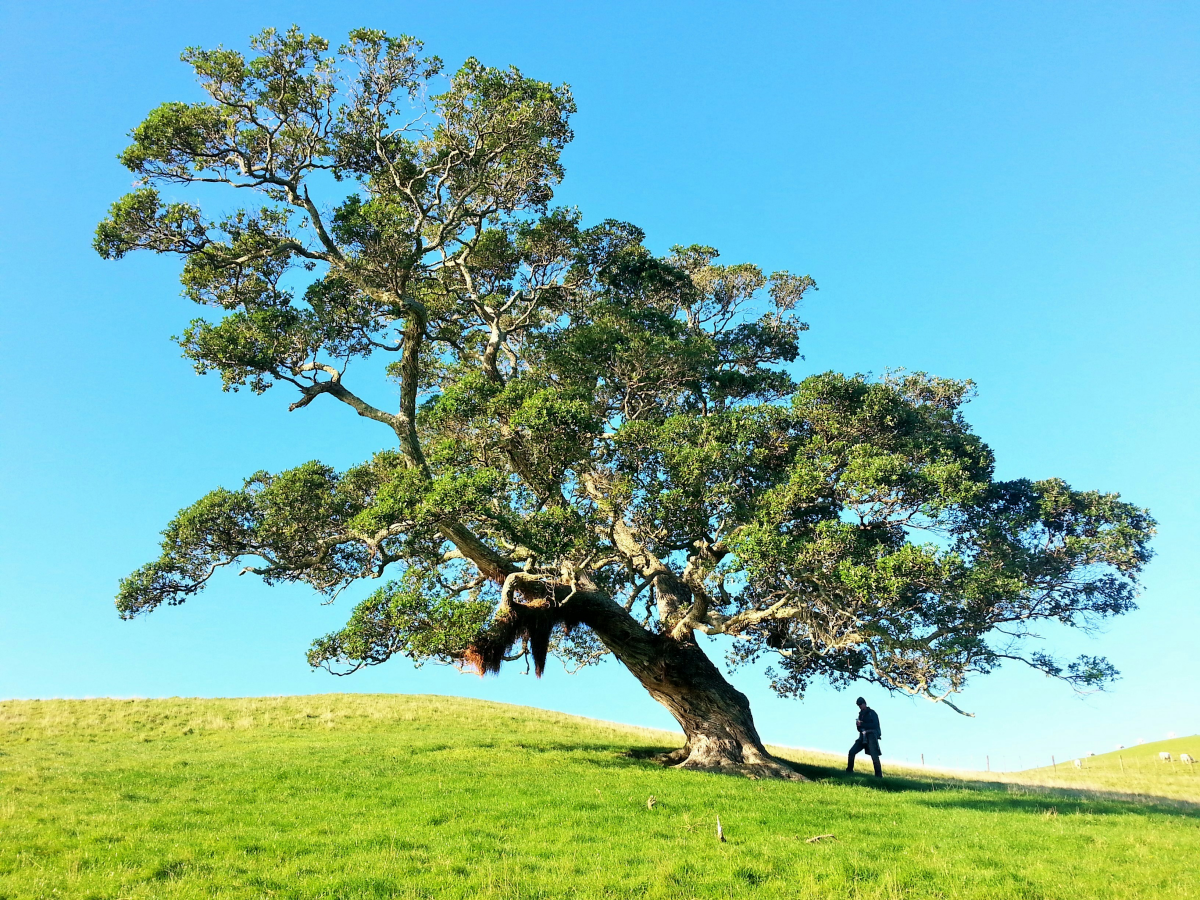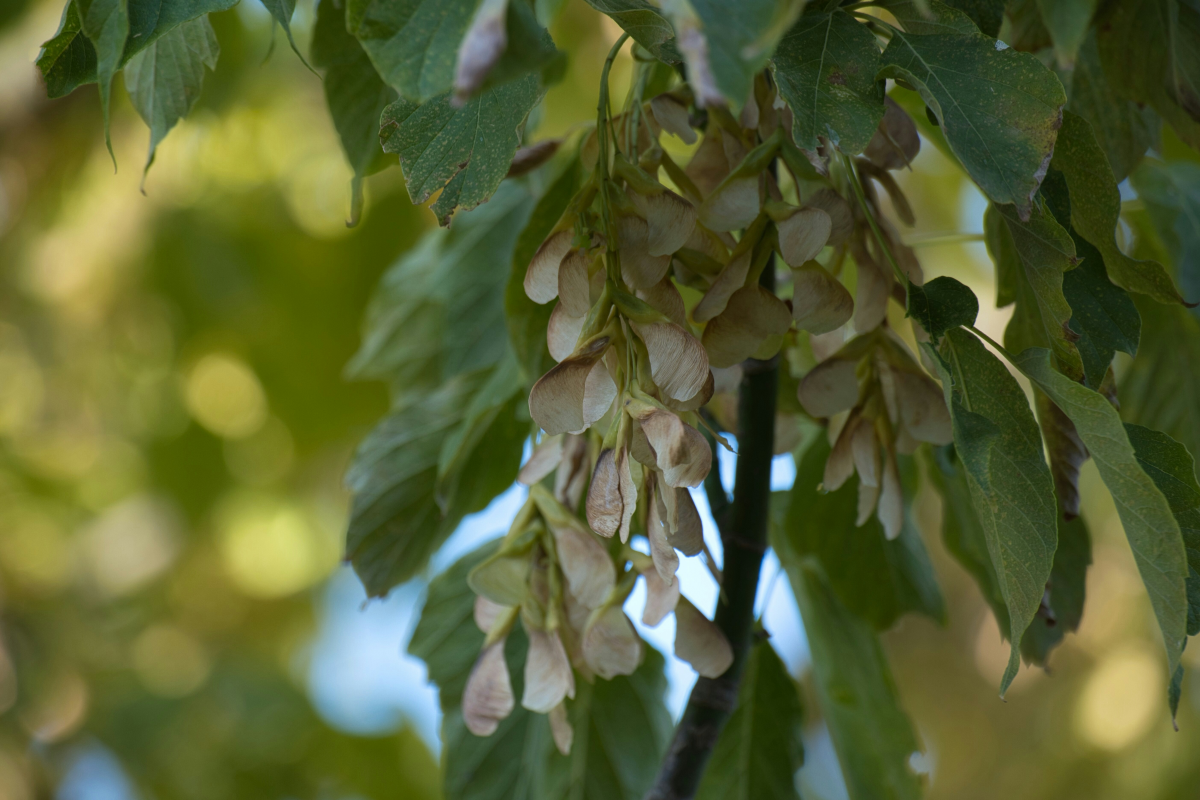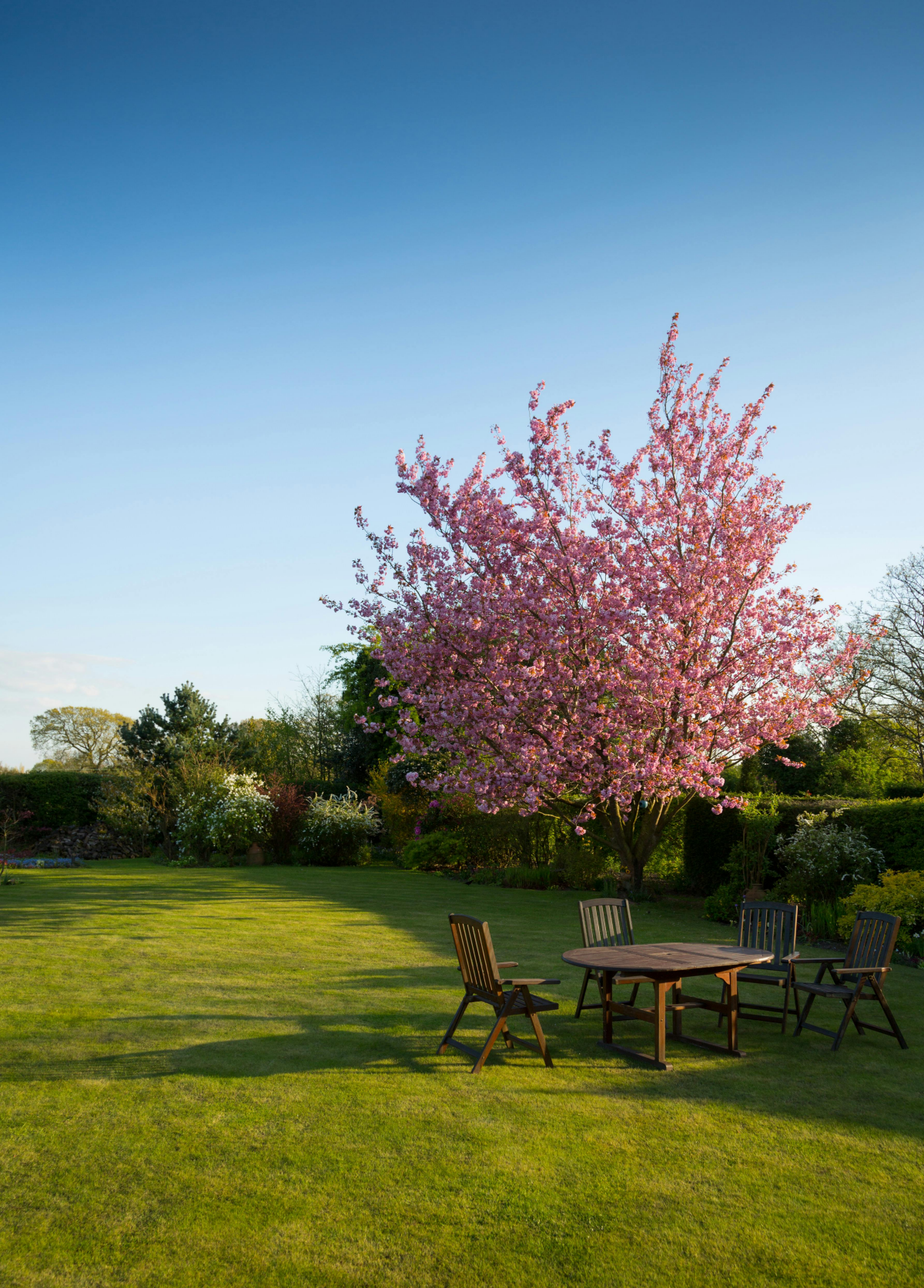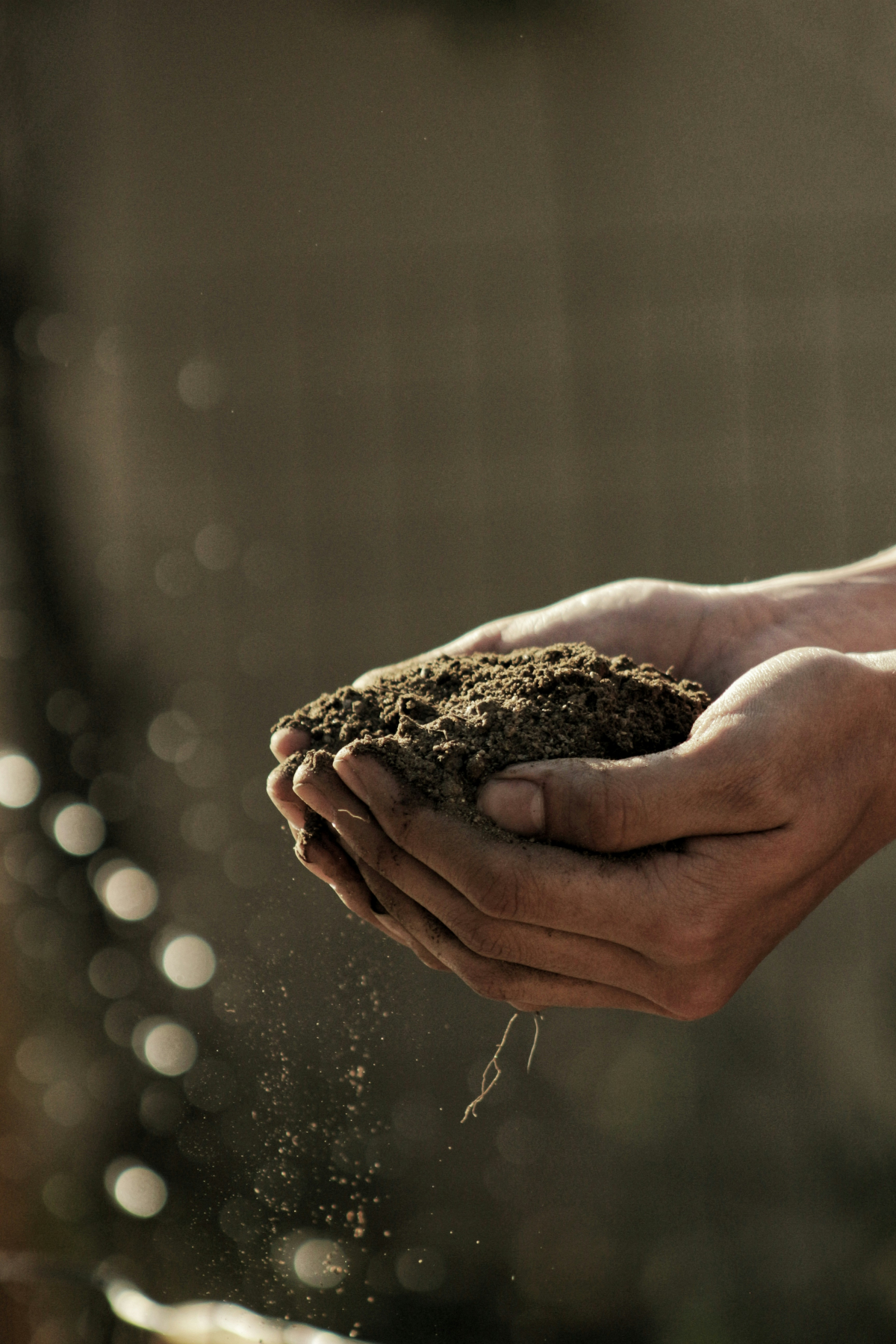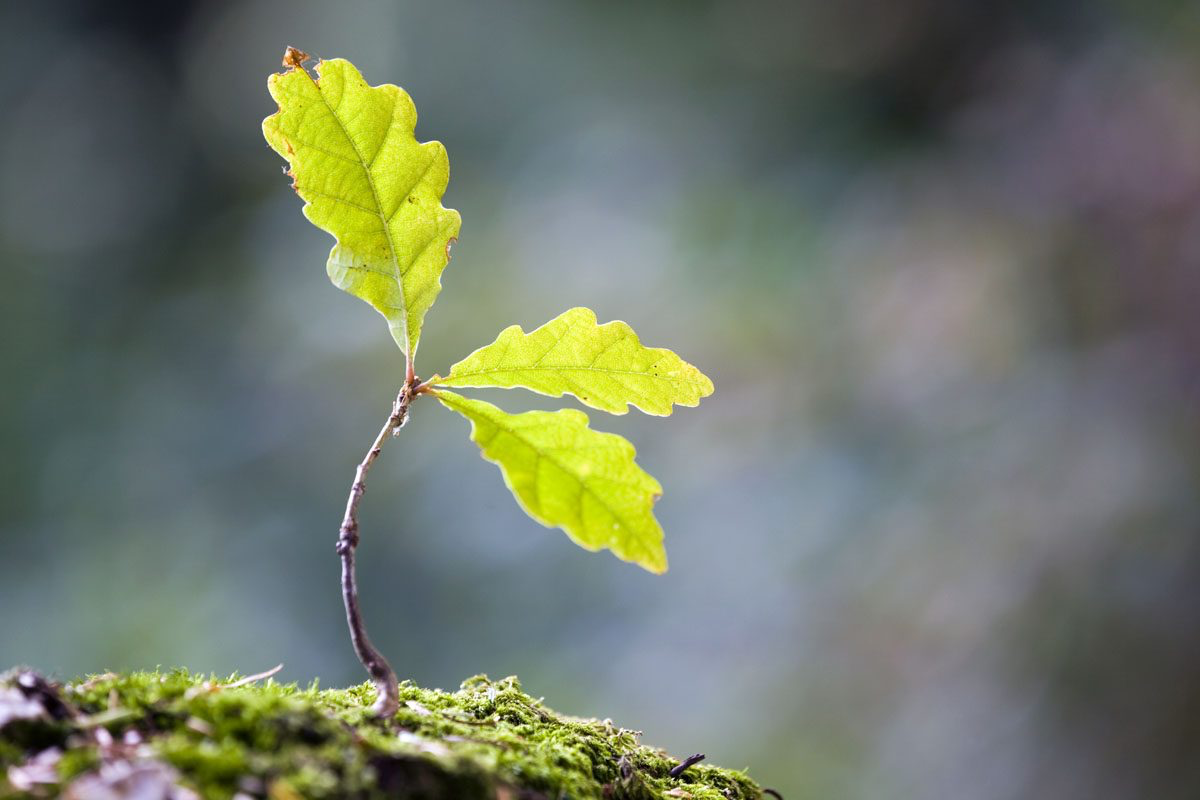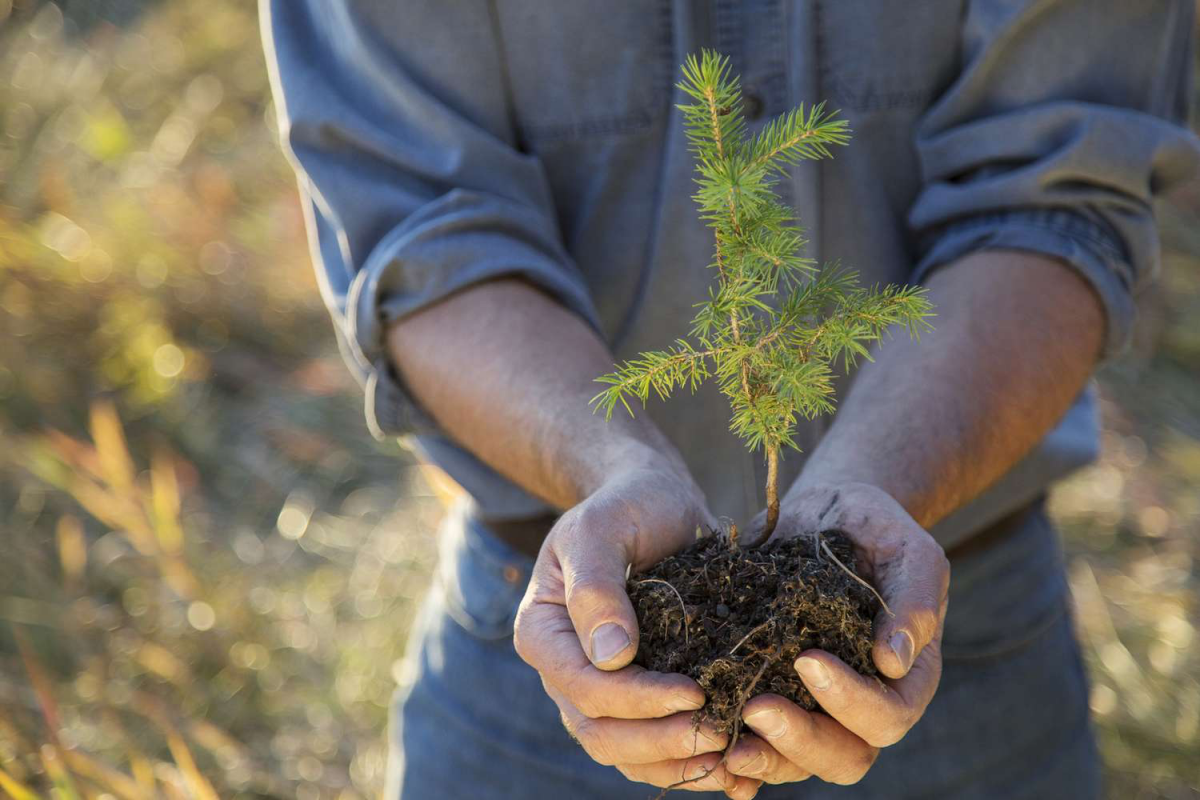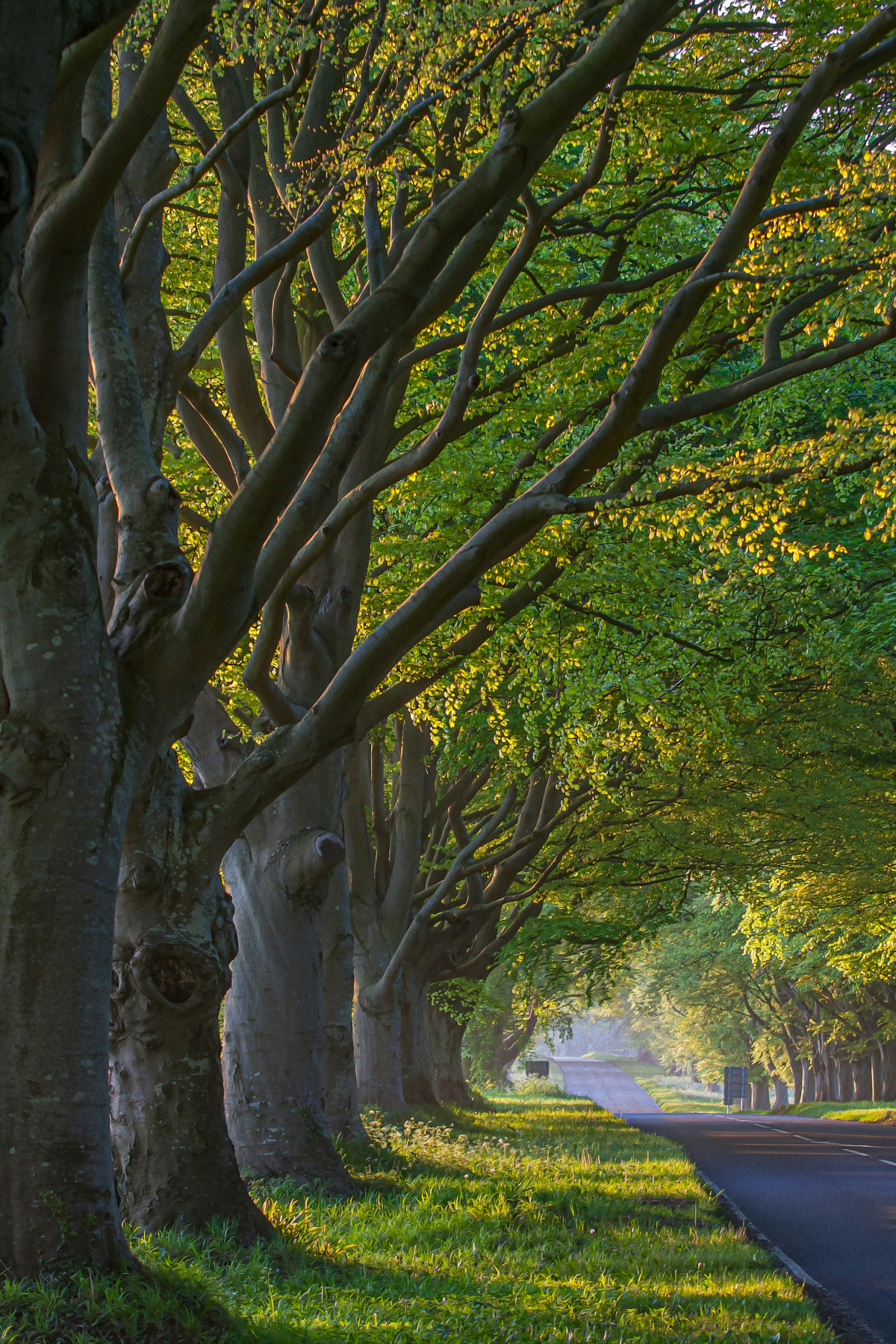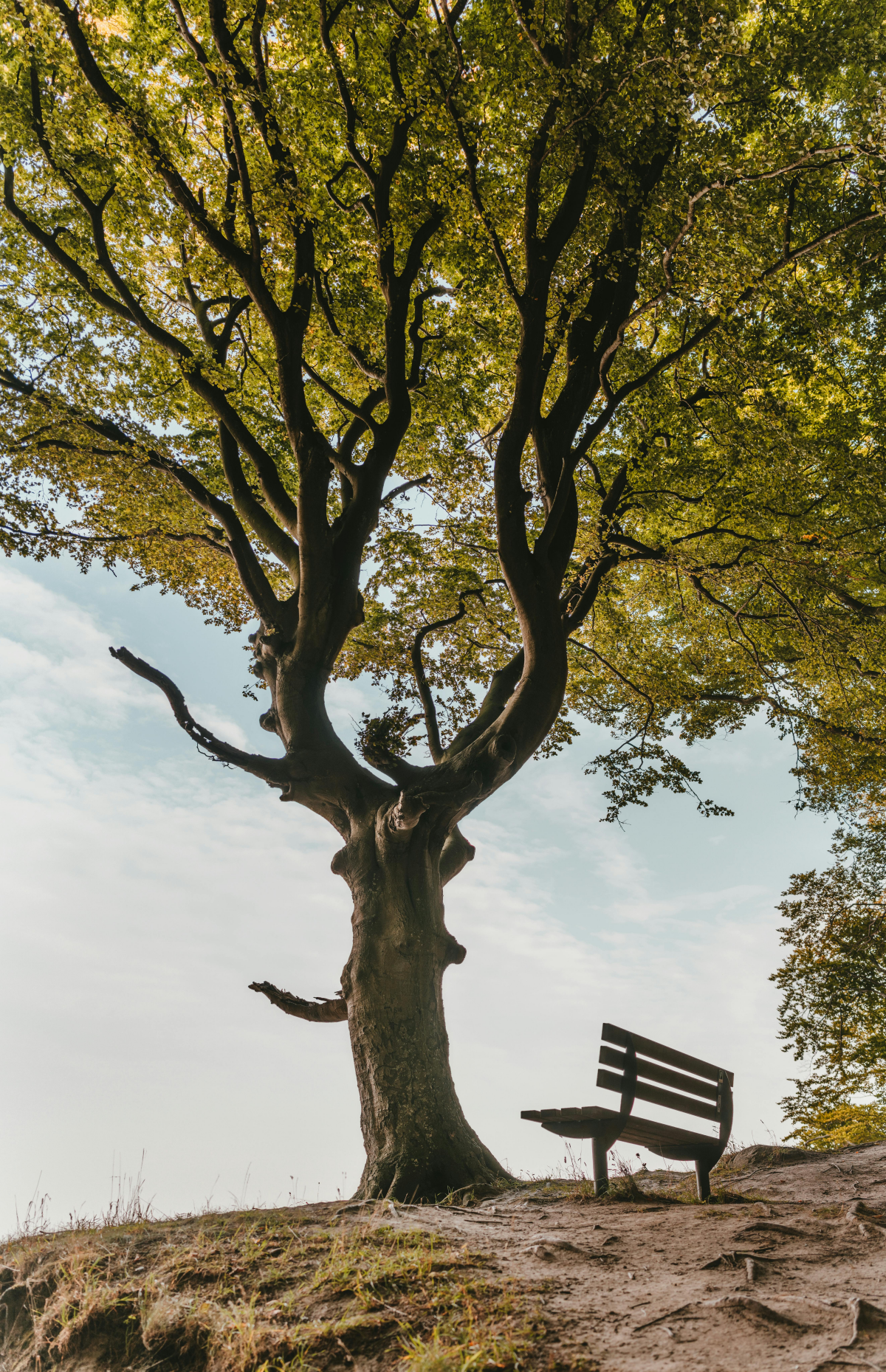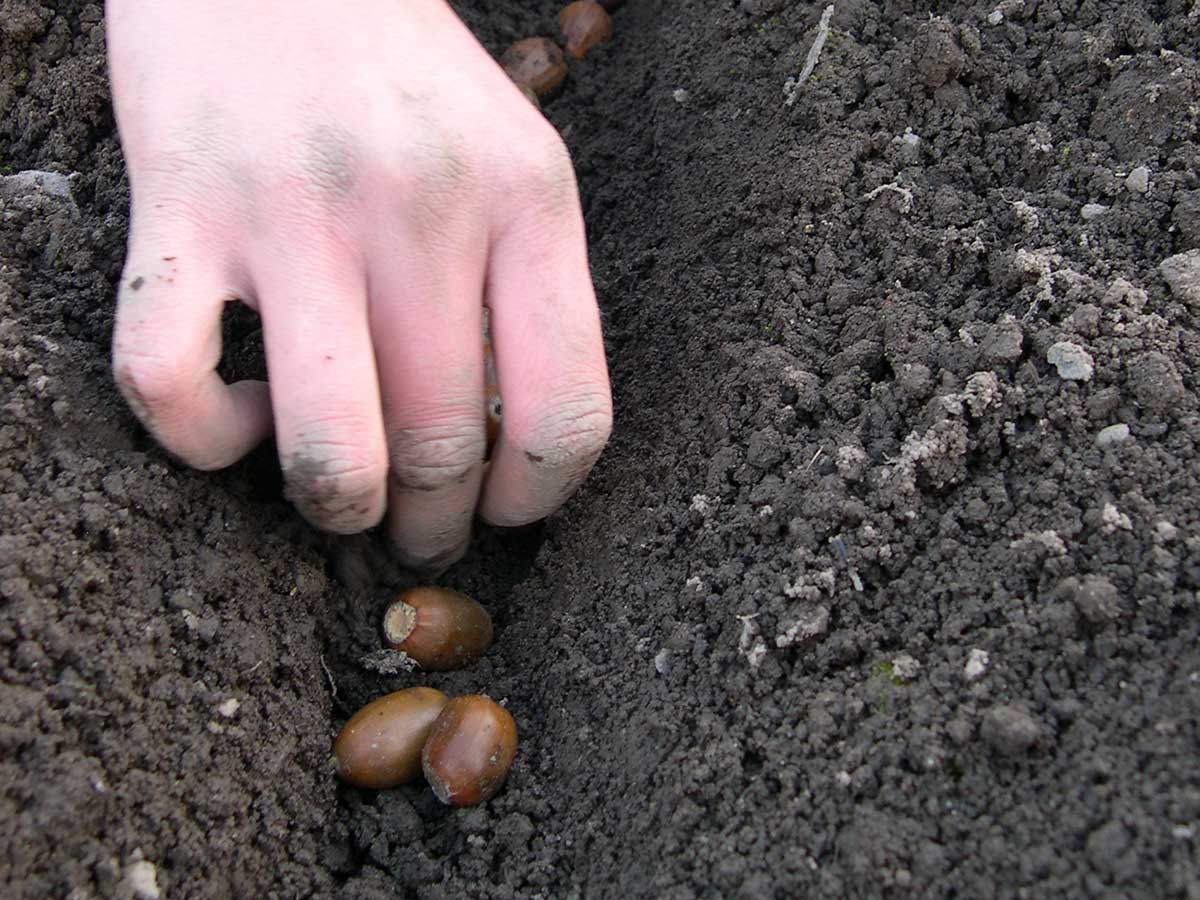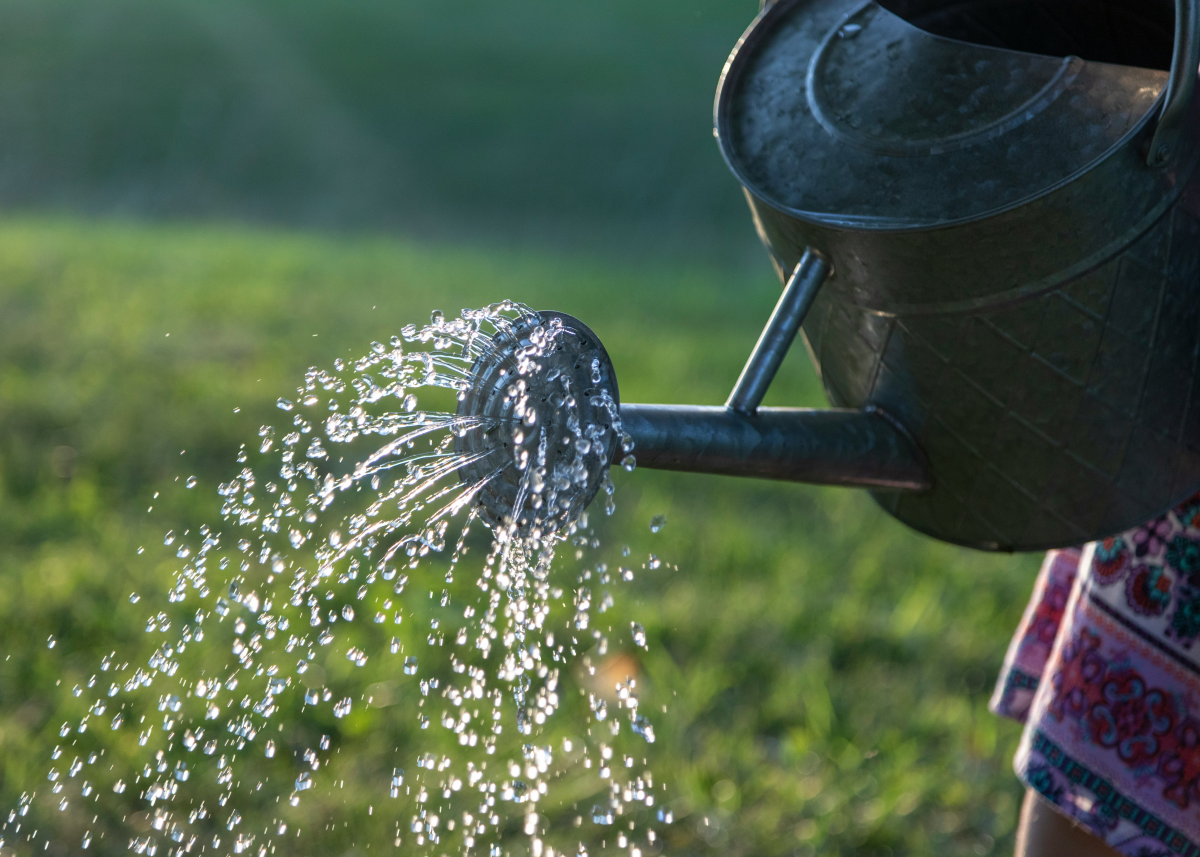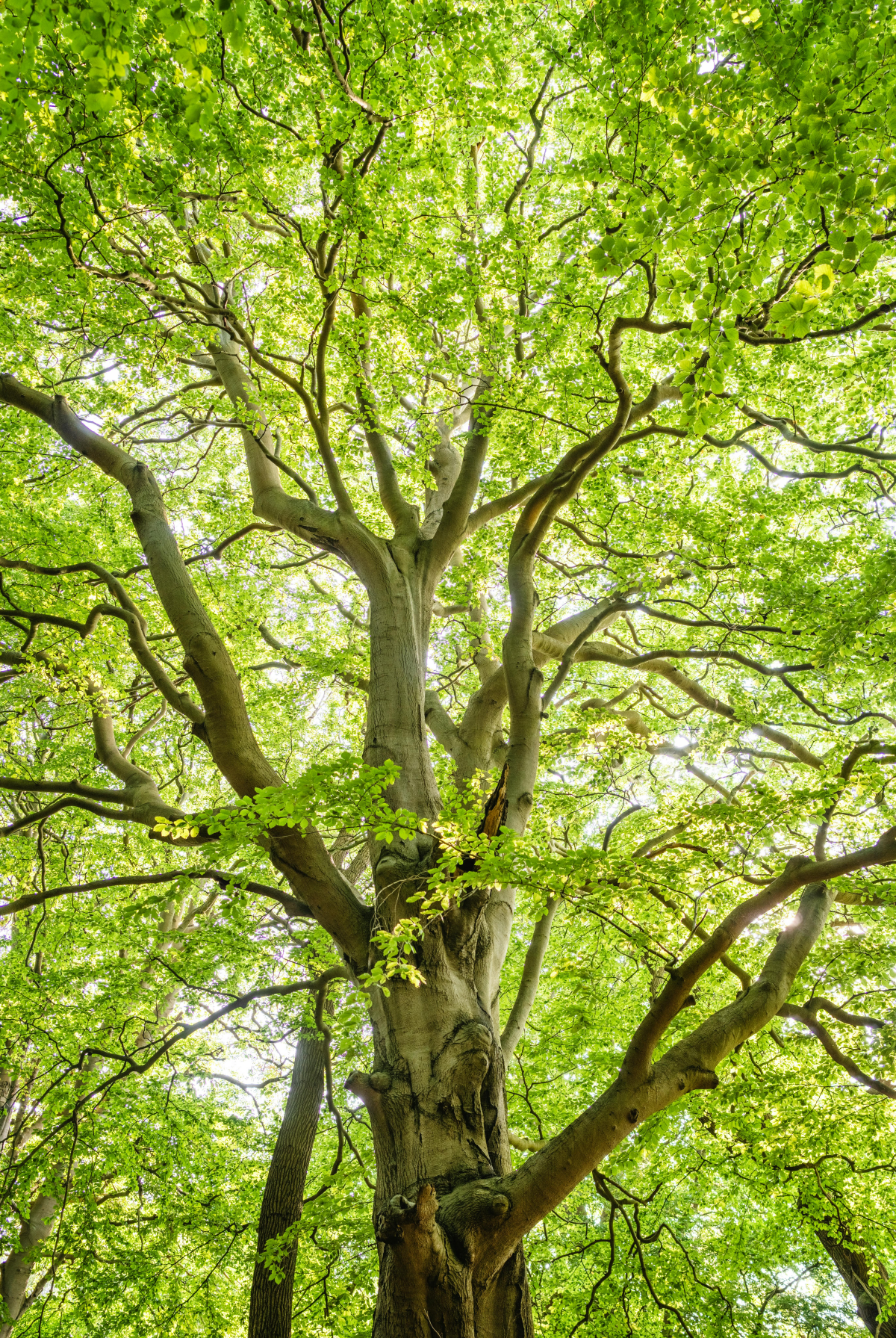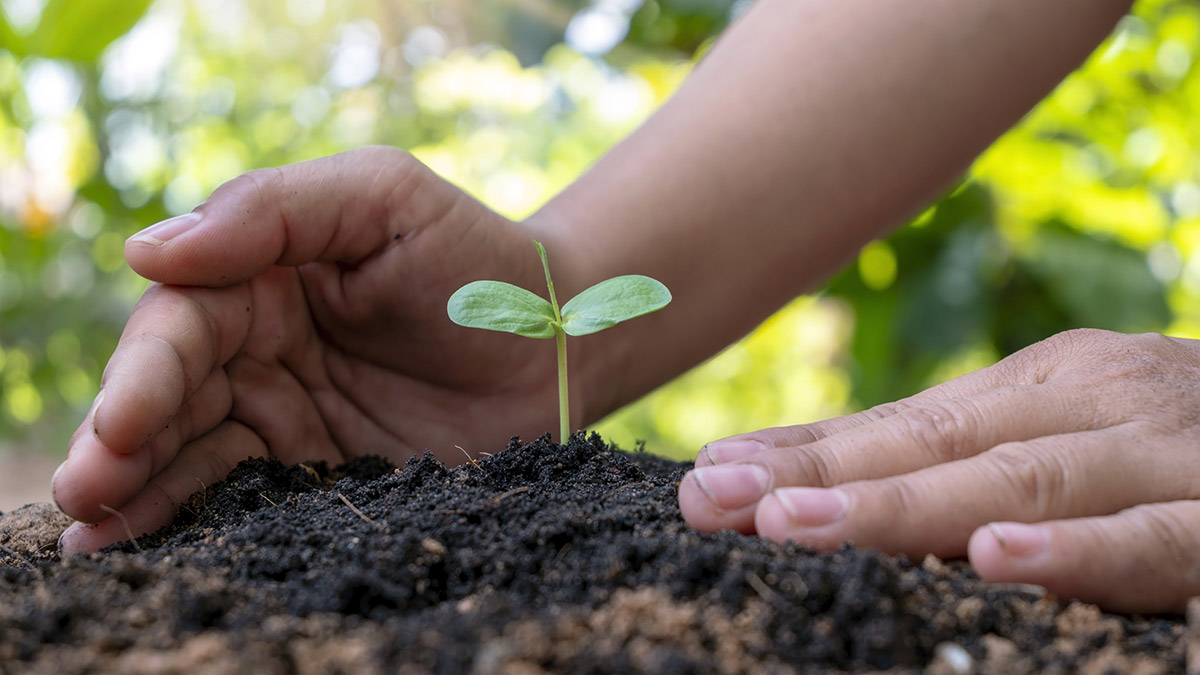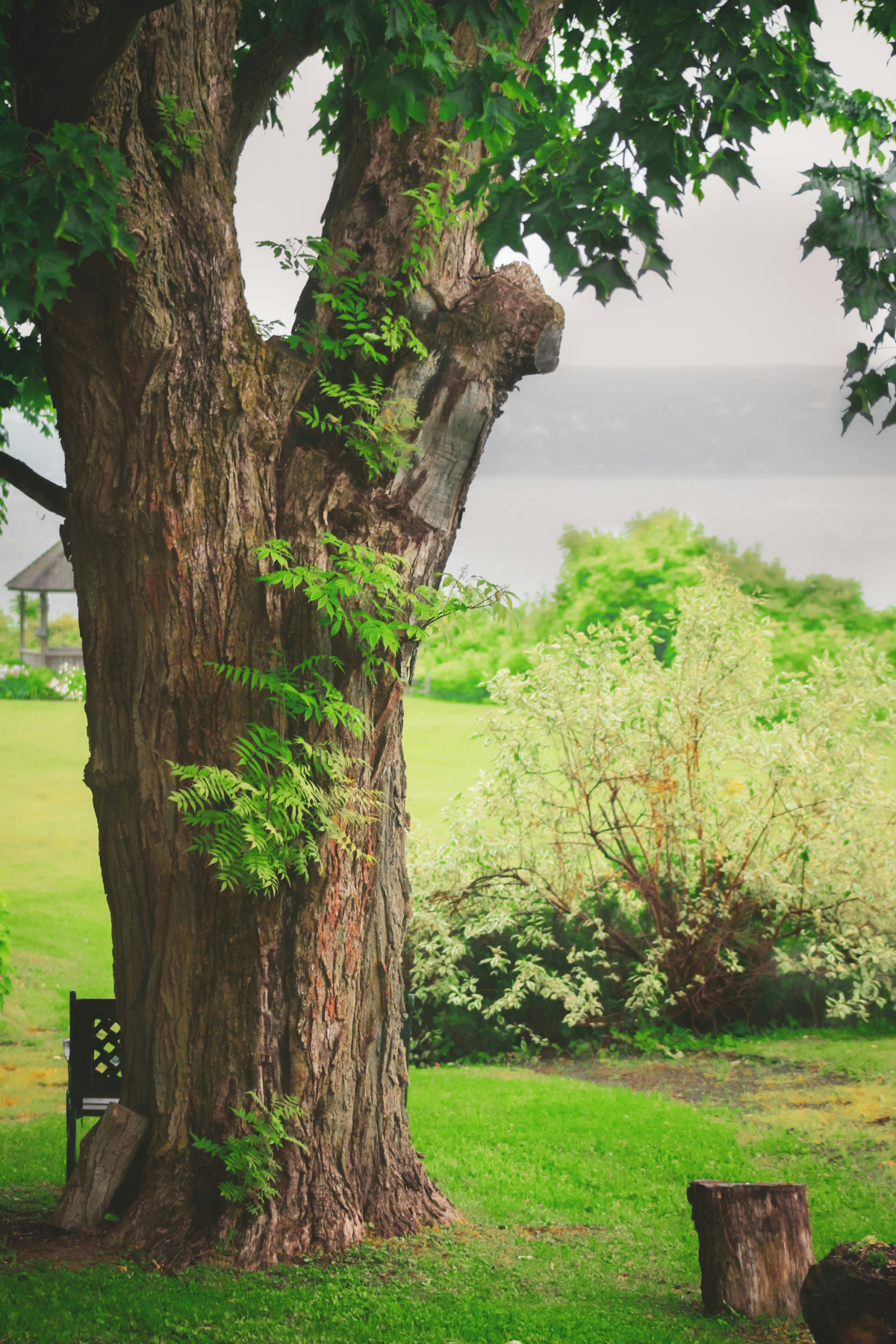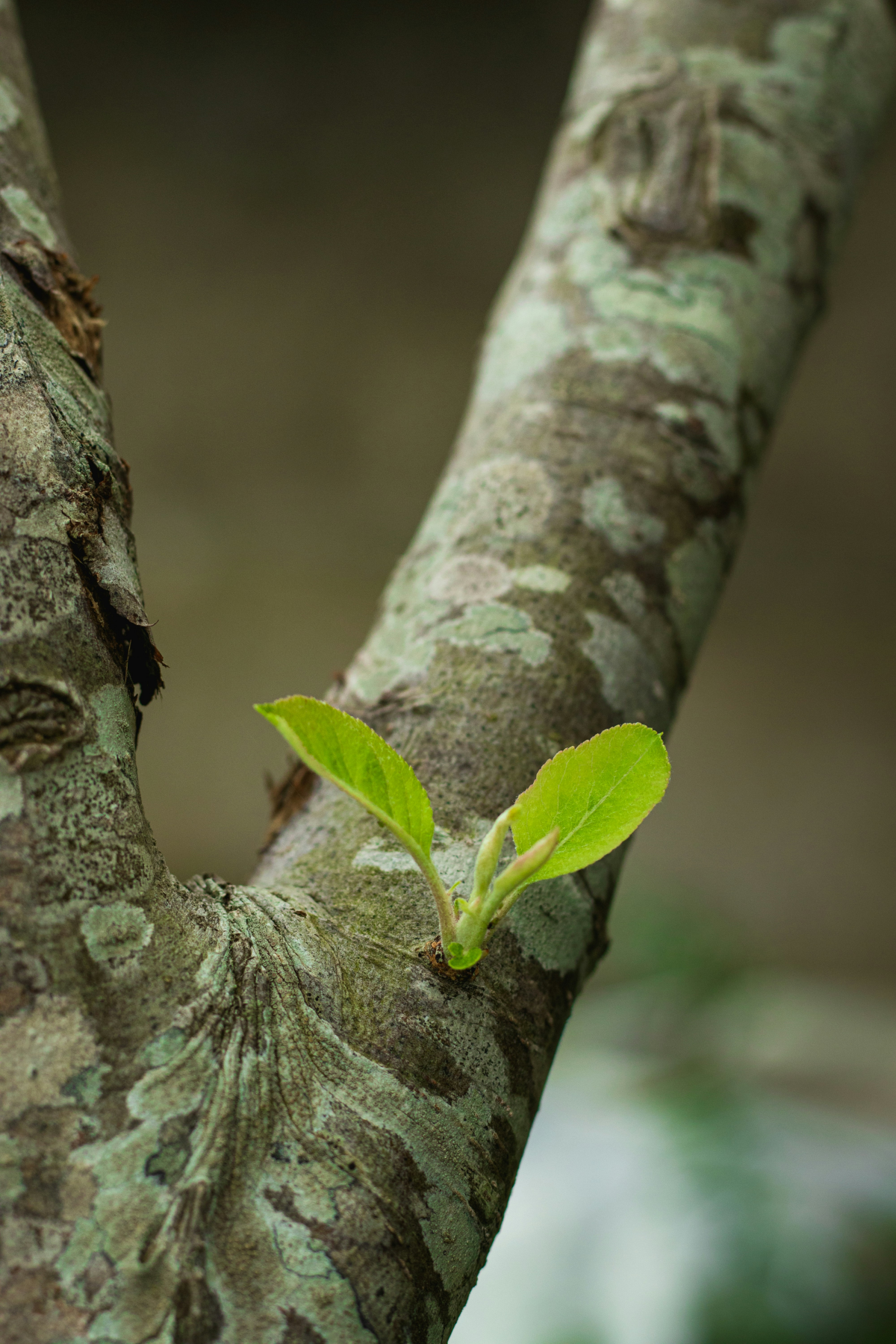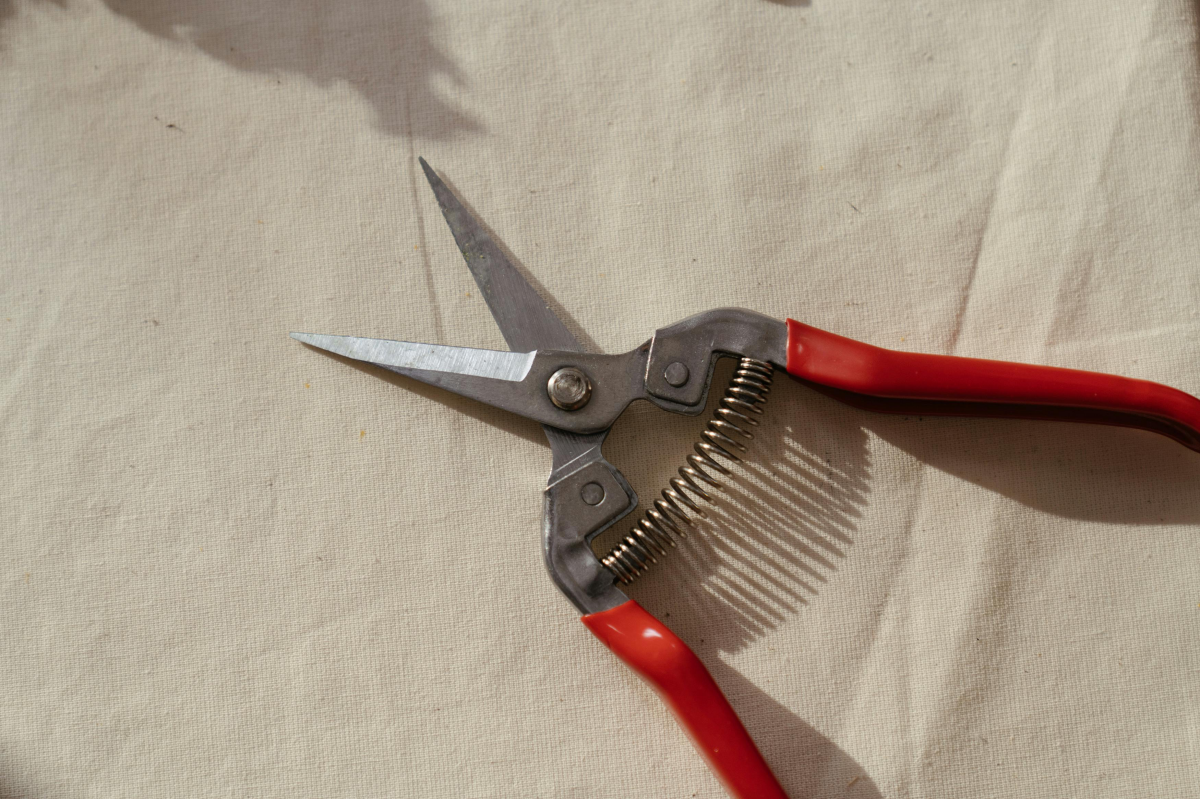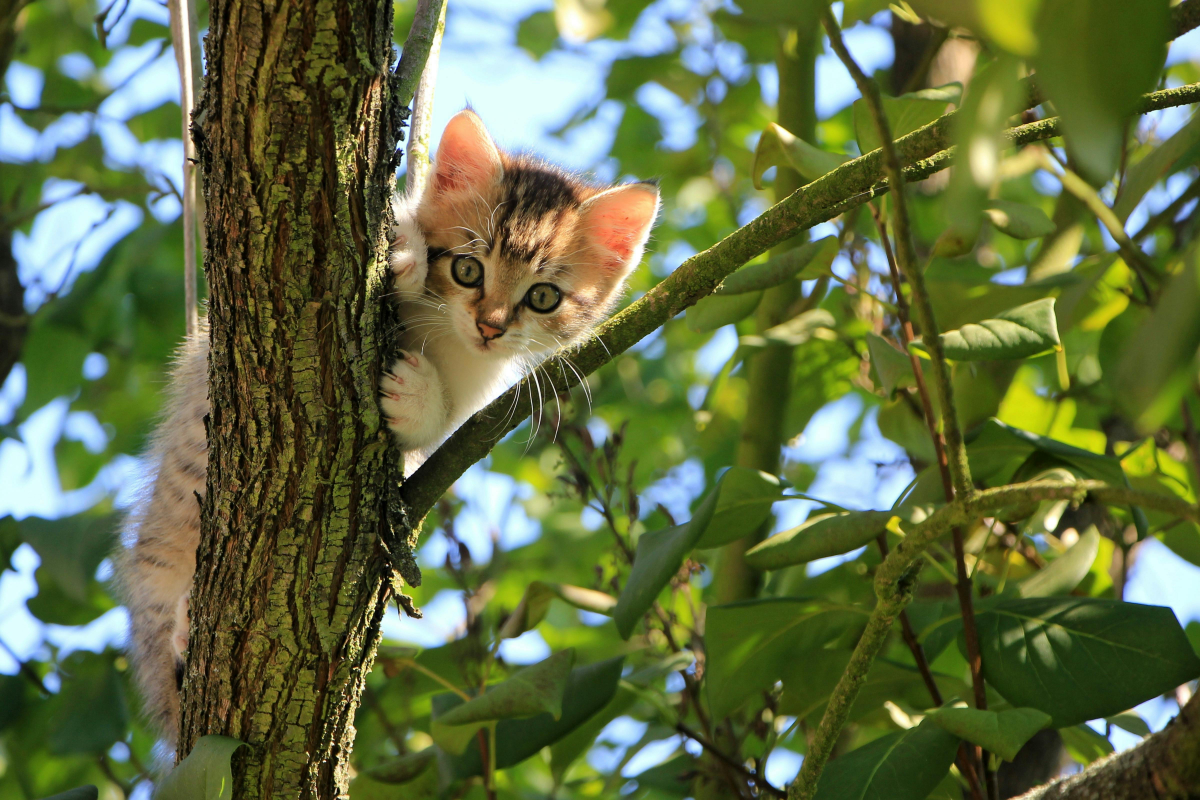Nurturing Giants: How To Easily Grow Trees From Seeds
There’s something profoundly magical about nurturing life from the tiniest of beginnings. I’ve always marveled at the idea that a massive, towering tree can spring from a small, unassuming seed. It’s a journey of growth, not just for the tree, but for the gardener as well. Today, I’m excited to share with you the joys and techniques of growing trees from seeds—a process that has enriched my life and garden in countless ways. I myself am the proud owner of a couple of lemon trees and my very own maple! Each tree requires its own specific needs, however, there are some general rules that apply to most trees. Today, I will share with you how to easily grow trees from seeds.
From tiny specks to towering oaks, seeds are the beginning of something big
In this article
How To Grow Trees From Seeds
Growing trees from seeds is an adventure that marries the thrill of discovery with the satisfaction of nurturing life. This journey from seed to towering giant is not just about patience and care but also about understanding and working with nature. Here’s a closer look at the steps involved in this rewarding process, designed to guide and inspire both novice and experienced gardeners.
Dive into the green adventure, where tiny seeds and big dreams grow into leafy giants
Types of seeds
The world of tree seeds is vast and varied, ranging from the small seeds of giant oaks to the sizable, bean-like seeds of magnolias. Each type of seed carries the blueprint for the tree it can become. To set the stage for a successful garden or forest, selecting seeds that are well-suited to your local environmental conditions is critical. For instance, oak seeds, with their hardy nature, might be ideal for temperate climates, while palm seeds prefer the warmth of tropical or subtropical regions.
Explore the vast world of seeds, from tiny beginnings to promising futures
Seed selection
Embarking on the quest for the perfect seed is like going on a treasure hunt, where the treasure is the potential of a thriving, beautiful tree. Local nurseries and online seed banks offer a plethora of options. Look for seeds with high germination rates and those known to thrive in your area’s climate. This careful selection ensures that your garden will grow into a vibrant canopy of green, enriching your environment and providing habitat for wildlife.
Venture into selecting the right seeds, setting the stage for your garden’s canopy
Understanding your environment
Grasping the specifics of your garden’s microclimate is crucial. Factors such as soil type, climate, and space availability play significant roles in determining which trees will prosper. Pay attention to patterns of sunlight and shade throughout the day, as well as how water drains in your garden, to make informed choices about where to plant your seeds. This knowledge enables you to create micro-environments that cater to the needs of specific trees.
Discover the nuances of your garden’s climate and soil, tailoring your approach
Soil types
The adventure into soil testing is both enlightening and practical. Simple testing kits can reveal your soil’s pH and nutrient profile, showing you what amendments it might need to become the ideal growing medium for your tree seeds. For example, adding organic compost can improve soil fertility and structure, benefiting almost all types of tree seedlings by providing them with the nutrients they need for robust growth.
Unearth the secrets of your soil, preparing a nurturing ground for seeds
Climate considerations
The climate of your area sets the stage for what types of trees can be grown. Trees that are native to your region, or those accustomed to similar weather conditions, are more likely to thrive. Research trees that grow naturally in your area for guidance. If you’re in a cooler climate, consider species like birch or spruce, which are adapted to such environments. In warmer areas, look towards species like fig or olive trees.
Match your seeds to the climate, ensuring they’re poised for success
Sowing seeds indoors
Starting seeds indoors is a fantastic way to give them a controlled start. Utilize peat pots or seed trays filled with a sterile seed starting mix to avoid soil-borne diseases. Keeping the soil consistently moist and providing adequate warmth are keys to germination success. Some seeds, especially tropical species, might require bottom heat to simulate their natural germination conditions, which can be achieved with a heat mat.
Start your seeds indoors, creating a gentle environment for their first growth
Scarification
Scarification is a preparatory step for seeds with tough outer shells. This process, which can involve nicking the seed coat with a file or rubbing seeds with sandpaper, helps water penetrate the seed, encouraging the germination process. It’s a fascinating imitation of natural processes where seeds would be worn down by elements like rain, wind, or being passed through an animal’s digestive system.
Initiate germination through scarification, coaxing seeds to awaken
Soaking
Soaking seeds before planting mimics a natural signal for seeds to start growing, breaking their dormancy period. This is especially useful for seeds with thick coats, like those of beans or peas. Soak the seeds in room temperature water for 12 to 24 hours. This simple step can significantly improve your germination rates, speeding up the process by which seeds sprout.
Submerge seeds in water, prepping them for their growth journey
Direct sowing outdoors
There’s a special connection formed when planting seeds directly into the garden. This method is ideal for trees that do not transplant well or for gardeners looking to cultivate trees in their natural rhythm with the seasons. Consider the timing—early spring or fall, depending on the tree species and your climate. Prepare the soil by loosening it and incorporating organic matter, then plant the seeds at the depth recommended for their size and type.
Plant seeds with care in the garden, connecting with the natural world
Watering
Proper watering is essential, yet it requires balance. Overwatering can lead to root rot, while under-watering might cause the seedlings to wither. The key is to maintain a consistently moist—not soggy—soil environment. Seedlings have shallow root systems and need gentle watering. Using a spray bottle or a watering can with a fine rose attachment can provide the delicate touch needed.
Balance watering with precision, encouraging healthy growth
Light and temperature
For seedlings started indoors, ensuring they receive adequate light is crucial for healthy growth. A south-facing window or artificial grow lights can provide the necessary intensity. Temperature control is also vital. Most seedlings thrive in temperatures between 65°F and 75°F (18°C and 24°C). Avoid placing seedlings near cold drafts or excessively hot radiators, which could hinder their development.
Adjust light and warmth, catering to your seedlings’ needs
Transplanting
The transition from indoors to the great outdoors is a critical phase for your young trees. This process, known as hardening off, gradually introduces them to the elements, reducing transplant shock. Begin by placing seedlings outside in a shaded, protected area for a few hours each day, gradually increasing their exposure to sunlight and outdoor temperatures over a week. When transplanting, be gentle with the root ball and ensure the planting hole is twice as wide as it, facilitating easier root expansion.
Gently introduce your trees to the outdoors, guiding their transition
Nutrition
As your trees grow, their nutritional needs evolve. Initially, a light application of a balanced, slow-release fertilizer will support healthy growth without overwhelming the young plants. As they mature, tailor your fertilizing strategy to the specific needs of the tree species, considering factors like growth phase and soil nutrient levels. Organic options, such as compost or fish emulsion, can provide a broad spectrum of nutrients while supporting soil health.
Craft a diet for your trees, supporting their development
Pests and disease
Vigilance against pests and diseases begins with prevention. Healthy, well-cared-for trees are less susceptible to issues. Regularly inspect your trees for signs of distress, such as discolored leaves or stunted growth. Implementing integrated pest management (IPM) strategies, which may include cultural, mechanical, and biological controls, can effectively manage pests with minimal impact on the environment.
Protect your growing trees from threats, ensuring their growth
Weather protection
Young trees are especially vulnerable to extreme weather conditions. Strategies such as mulching can help regulate soil temperature, retain moisture, and suppress weeds. In areas prone to strong winds, staking young trees can provide necessary support until their root systems are fully established. Frost-sensitive species may require protection with burlap or frost cloths during cold snaps.
Shield your trees from harsh weather, providing a safe growing environment
Growth expectations
Embracing the slow and steady growth of trees is part of the gardening journey. Trees, like all living things, grow at their own pace, influenced by their species, care, and environmental conditions. Celebrating each milestone, from the first true leaves to the establishment of a strong trunk, is part of the rewarding experience of raising trees from seeds.
Celebrate each step of growth, acknowledging the slow, rewarding process
Pruning
Pruning is both an art and a science, shaping trees for health, productivity, and aesthetic appeal. Begin pruning when trees are young, removing any dead or diseased wood and thinning out crowded areas to improve air circulation. As trees mature, more selective pruning will help manage their shape and encourage fruitful growth. Always use clean, sharp tools to make precise cuts, and familiarize yourself with the pruning needs of each tree species.
Shape your trees thoughtfully, guiding them into their full potential
Embarking on the journey of growing trees from seeds has been one of the most rewarding experiences of my gardening life. It’s taught me patience, resilience, and the joy of witnessing life unfold from the smallest of beginnings. Whether you’re a seasoned gardener or a curious novice, I encourage you to try growing a tree from seed. The journey, with all its challenges and triumphs, is incredibly enriching. Who knows? You might just nurture a giant of your own.
Your garden might just be the next to cradle a giant

